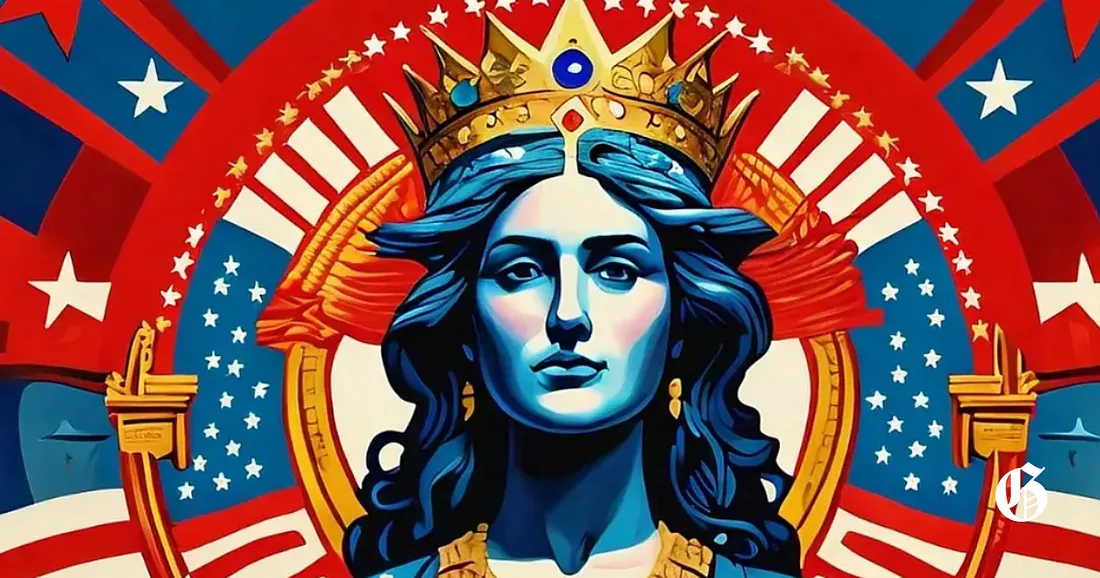The Evolution of Red and Blue in U.S. Politics
The association of the colors red and blue with the Republican and Democratic parties, respectively, may seem obvious today. However, this color scheme wasn’t always consistent. Before the 2000 election, there was no universal color code for representing political parties on U.S. electoral maps. In fact, networks like ABC, NBC, and CBS often used varying colors to represent the two major parties, and it wasn’t until the early 21st century that the red/blue divide became widely recognized.
A Brief History of Color Representation
In the 1980s, the color scheme for political parties on TV maps was inconsistent. For example, in the 1980 election, ABC was the outlier, choosing to show Republicans in red. This choice was later explained by David Brinkley as simply “Red, R, Reagan,” an arbitrary connection based on the letter R.
Before the 2000 presidential race, the colors used for the Democratic and Republican parties were often swapped. For instance, some outlets depicted Democrats in red and Republicans in blue, based on subjective decisions rather than a clear pattern. The first recorded use of the term “red state” emerged in the 2000 election, but it was only after the bitterly contested race between George W. Bush and Al Gore, which involved weeks of recounts in Florida, that the red/blue distinction became firmly entrenched in the American political consciousness.

The Civil War Era and Historical Color Associations
Interestingly, the Republican Party’s historical association with the color blue dates back to the American Civil War. Abraham Lincoln’s Union Army famously wore blue uniforms, while the color red was traditionally associated with radicalism and the left-wing political movements both domestically and internationally. At this time, red was often linked to left-wing groups, and early U.S. electoral maps even depicted Democrats in red and Republicans in blue.

Media’s Role in Solidifying the Red/Blue Divide
The breakthrough for the red/blue color scheme came during and after the 2000 election. The race, which was one of the closest and most contentious in U.S. history, helped cement the association of red with Republicans and blue with Democrats. The use of color-coded maps by the media during this period played a crucial role in popularizing the red/blue divide. Major outlets like USA Today and The New York Times adopted this system, and soon, all major networks followed suit. By the time the election was decided, the red state and blue state labels had become part of the political lexicon.

The International Influence
The shift to red for Republicans and blue for Democrats might have been influenced by international color associations. For example, in Britain, red is used to represent the Labour Party, while blue is associated with the Conservative Party. As the media sought to create a clear, recognizable color scheme for the U.S., these established international practices likely played a role in shaping the red/blue divide.
Today, the red and blue distinction is used as shorthand to describe conservative and liberal areas of the U.S., with red states representing more conservative regions and blue states typically leaning liberal. However, this simplistic labeling has been critiqued for oversimplifying the country’s complex political landscape, with some arguing that it fosters division and fails to capture the nuances of American politics.

Conclusion
The evolution of red and blue as the defining colors for U.S. political parties has been shaped by a combination of historical events, media influence, and international practices. Today, the red/blue divide is a key part of the country’s political identity, but it also oversimplifies the complexities of U.S. political affiliations. Understanding this history offers insight into the ways color and symbolism have shaped political discourse.





















